SOURCE: RAUNAK KUNDE / NEWS BEAT / IDRW.ORG

Baba Kalyani, Chairman and Managing Director of Bharat Forge, has confirmed the company’s intent to participate in the competitive bidding process for India’s ambitious Future Infantry Combat Vehicle (FICV) and Future Ready Combat Vehicle (FRCV) programs, initiated by the Indian Army.
In 2021, the Indian Army issued a fresh Request for Information (RFI) intending to procure over 1,700 Future Ready Combat Vehicles (FRCVs). This RFI garnered responses from 12 leading companies across the globe. The list of Original Equipment Manufacturers (OEMs) includes renowned names such as:
Continue readingSOURCE: RAUNAK KUNDE / NEWS BEAT / IDRW.ORG

The Defense Research and Development Organization (DRDO) is gearing up for a remarkable transformation of its ‘Anusandhan’ A319 aircraft, formerly part of Air India’s fleet, which was handed over to DRDO in 2021. The aircraft will undergo structural modifications to serve as a Flying Test Bed for a range of airborne surveillance systems, marking a significant leap in India’s defence capabilities.
The ‘Anusandhan’ flight test bed is poised to receive a series of crucial modifications to accommodate cutting-edge surveillance technologies. These enhancements include:
Continue readingSOURCE: RAUNAK KUNDE / NEWS BEAT / IDRW.ORG
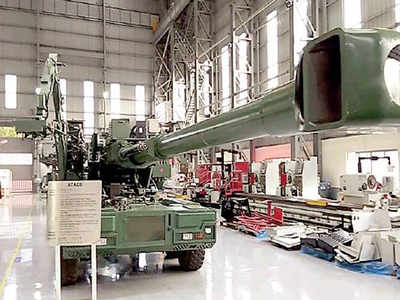
Bharat Forge, under the leadership of Chairman and Managing Director Baba Kalyani, is making significant strides in the global artillery market. Kalyani revealed in a recent interview that the company is actively engaged in discussions with approximately 12 countries, primarily from Africa and Southeast Asia, all of which have expressed keen interest in Bharat Forge’s artillery portfolio. The notable Garuda 105 Go Anywhere Gun and the Bharat-52 gun, both developed by Bharat Forge, have garnered substantial attention from these nations.
The Garuda 105 Go Anywhere Gun, recognized as a Mobile Artillery System, stands out as a lightweight, modular, and high-performance howitzer system. Its versatility and adaptability make it an attractive choice for countries seeking modern artillery solutions to meet diverse operational requirements. Several nations have expressed a strong interest in acquiring this innovative artillery system.
Continue readingSOURCE: IDRW.ORG TEAM
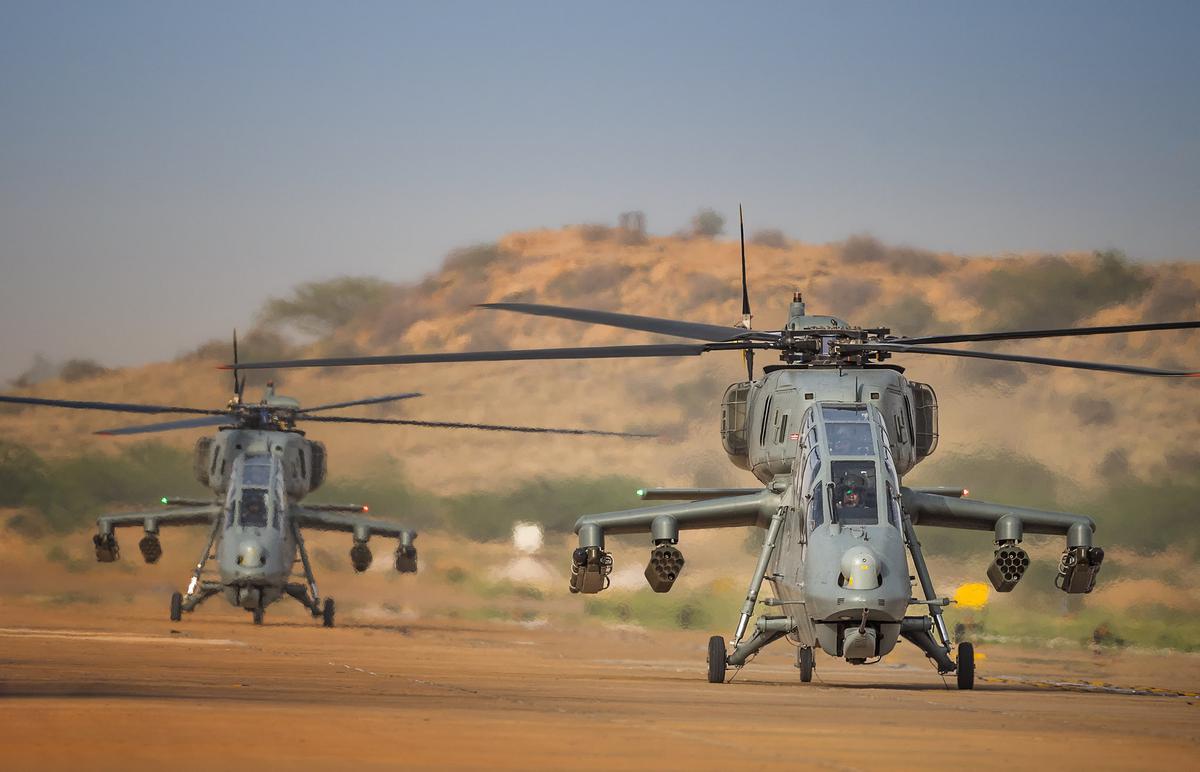
The Nigerian Air Force (NAF) is set to embark on an evaluation mission for the Prachand, an Indian multi-role light attack helicopter developed by the Hindustan Aeronautics Limited (HAL). This move comes as part of Nigeria’s efforts to bolster its defense capabilities and explore cost-effective options for its military fleet. The demonstration of the Light Combat Helicopter (LCH)-Prachand during the G20 summit in India has piqued NAF’s interest, prompting further testing and assessment.
The Light Combat Helicopter (LCH)-Prachand is a versatile and agile rotorcraft designed and manufactured by HAL. It serves as a potent platform for various military operations, including close air support, anti-tank warfare, reconnaissance, and troop transport. Key features of the LCH-Prachand include its maneuverability, firepower, and adaptability to diverse combat scenarios.
Continue readingSOURCE: IDRW.ORG TEAM
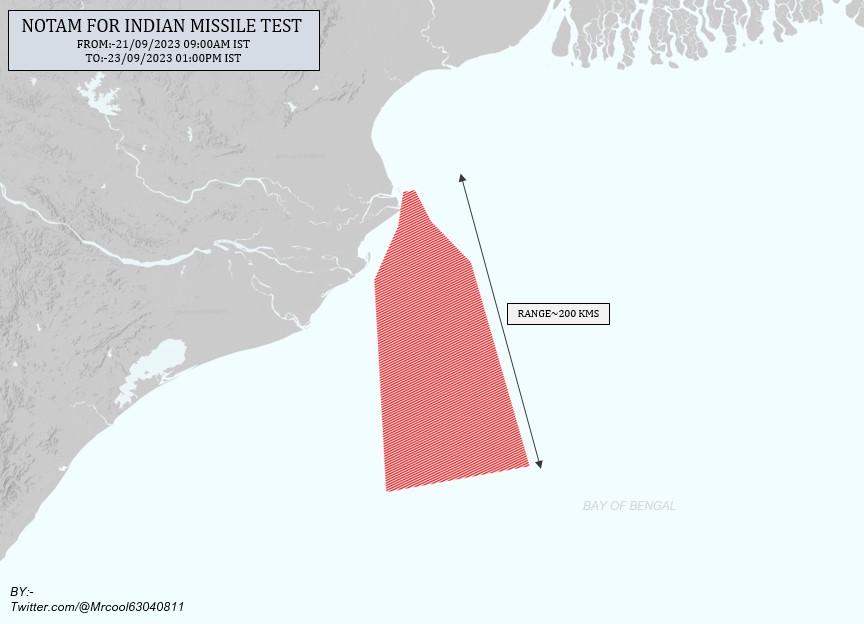
India’s Defense Research and Development Organization (DRDO) has issued a Notice to Airmen (NOTAM) for an upcoming missile test, scheduled for the period from September 21, 2023, to September 23, 2023. While the specific details of the missile test remain undisclosed in the NOTAM.
A Notice to Airmen (NOTAM) is a formal communication used in aviation to disseminate information about events or developments that could affect flight safety. In this case, the NOTAM issued by DRDO designates a missile test area covering a radius of 200 kilometers, indicating a substantial testing zone.
Continue readingSOURCE: RAUNAK KUNDE / NEWS BEAT / IDRW.ORG
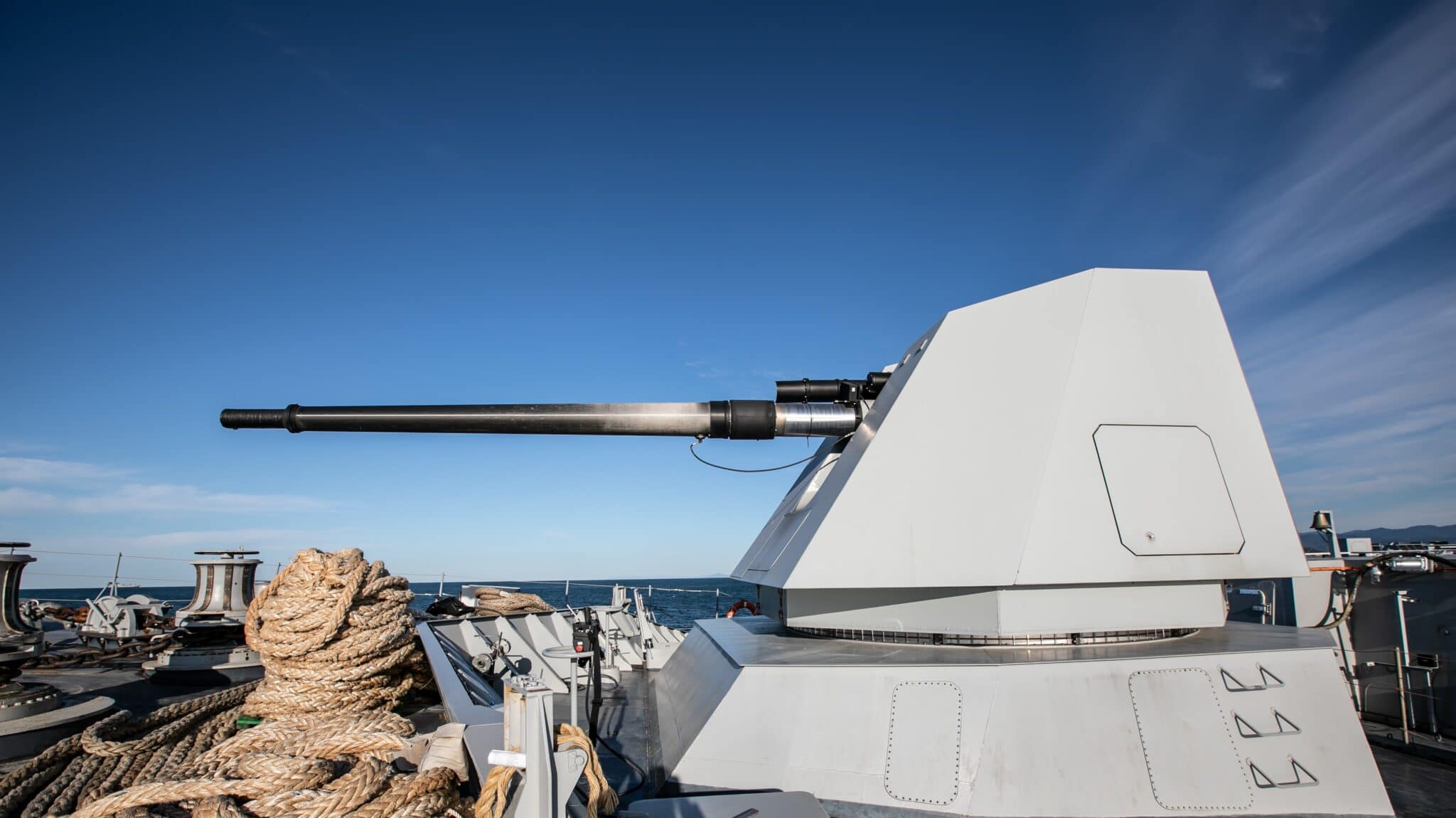
Following the Indian Navy’s decision to cancel the proposed acquisition of 13 MK-45 anti-surface and anti-air gun systems from the US for its 11 under-construction frigates and destroyers, a new plan has emerged. The Indian Navy is now aiming to embrace a larger ‘Make in India’ initiative to develop 127-millimeter (mm) gun systems domestically, instead of pursuing the deal with the US.
The primary reason behind this strategic shift was the high cost associated with the 127mm gun systems procured from abroad. To address this cost concern and promote self-reliance in defence manufacturing, the Indian Navy has decided to embark on an ambitious journey to develop indigenous 127mm gun systems for its naval fleet.
Continue readingSOURCE: RAUNAK KUNDE / NEWS BEAT / IDRW.ORG
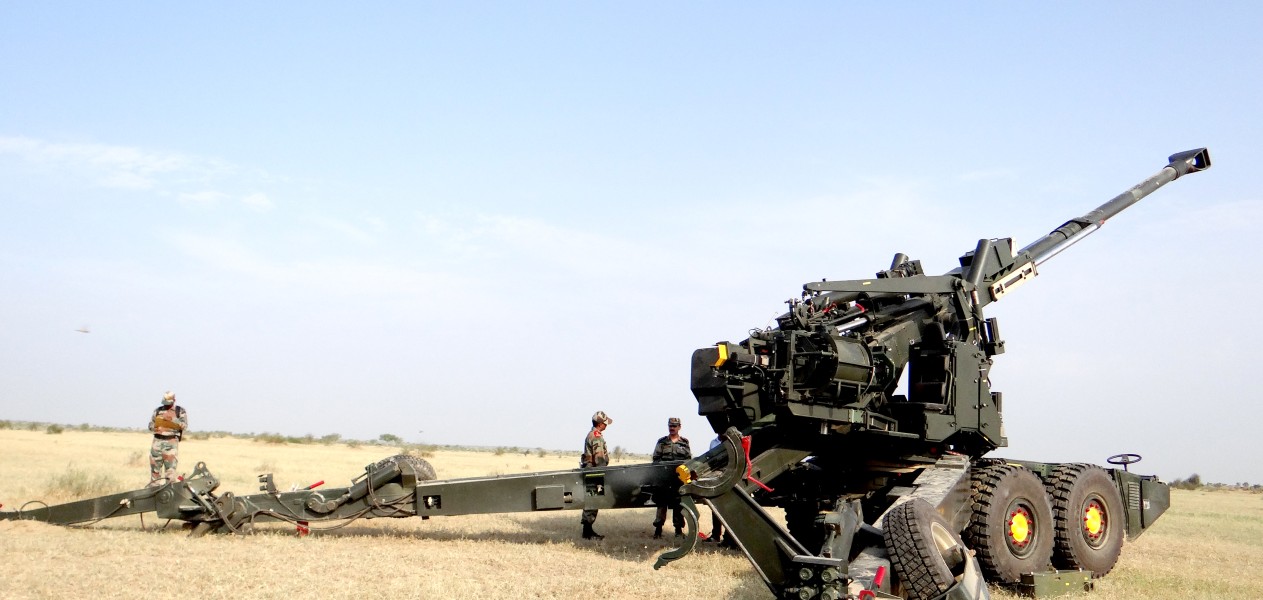
Earlier this year In a significant move towards realizing the ‘Make-in-India’ initiative in the defence sector, the Ministry of Defence received a proposal from the Indian Army to acquire 307 Advanced Towed Artillery Gun Systems (ATAGS). These advanced artillery systems are intended for deployment along the borders with China and Pakistan.
The proposal, valued at over USD 1 billion, is currently under discussion and is expected to gain swift approval, subsequently advancing to the Cabinet Committee on Security for clearance.
Continue readingSOURCE: RAUNAK KUNDE / NEWS BEAT / IDRW.ORG

During the recent G20 Summit held in India, Japanese Prime Minister Fumio Kishida emphasized the importance of deepening cooperation between Japan and India, particularly in the realm of defence. This call for stronger collaboration comes at a time when both nations have escalated their Military-to-Military engagements. Japan, known for its advanced weaponry and defence capabilities, has expressed its willingness to engage in direct government-to-government arms deals with India, signalling a potential shift in its export policies.
Japan’s approach to arms exports has changed in recent years, marked by a desire to expand its reach to countries like India. Previously, due to domestic policies and concerns, Japan was cautious about exporting domestically developed weapons systems. One notable example was the shelved deal involving the ShinMaywa US-2, a large Japanese short takeoff and landing amphibious aircraft, which the Indian Navy had considered purchasing. The cancellation of this deal was attributed to overall cost concerns and limited platform requirements.
Continue readingSOURCE: IDRW.ORG TEAM

In a significant development earlier this year, India’s Defence Acquisition Council (DAC), under the leadership of Defence Minister Rajnath Singh, approved the procurement of Mounted Gun Systems (MGS) for the Indian Army. This critical acquisition, sanctioned under the ‘Buy (Indian)’ category, includes the procurement of 155mm/52 caliber MGS. The Ministry of Defence (MoD) specified key criteria for the system, including a maximum weight of 30 tonnes, a firing range exceeding 38 kilometers, and compatibility with all in-service 155mm ammunition.
Two prominent Indian defense companies have entered the competition to provide the Mounted Gun Systems. Bharat Heavy Electricals Limited (BHEL) has put forth its 155mm/52 Caliber Mounted Gun System based on the Dhanush Artillery Gun. Additionally, Kalyani Group has developed a 155mm/52 Caliber Mounted Gun System rooted in the Advanced Towed Artillery Gun System (ATAGS). Both offerings are set to undergo rigorous evaluation by the Indian Army, which will ultimately determine the selected system.
Continue readingSOURCE: IDRW.ORG TEAM

In a strategic move aimed at bolstering India’s naval capabilities and reducing dependency on foreign suppliers, both state-owned enterprise Bharat Heavy Electricals Limited (BHEL) and the private sector giant Bharat Forge, in collaboration with the Indian Navy, are working on the development of indigenous Marine Gas Turbines (MGT).
This ambitious initiative seeks to localize the production of marine gas turbines, a critical component used to power Indian Naval warships. The primary objective is to mitigate reliance on foreign suppliers, particularly Ukraine and Russia, which have historically provided these turbines to the Indian Navy.
Continue readingSOURCE: RAUNAK KUNDE / NEWS BEAT / IDRW.ORG
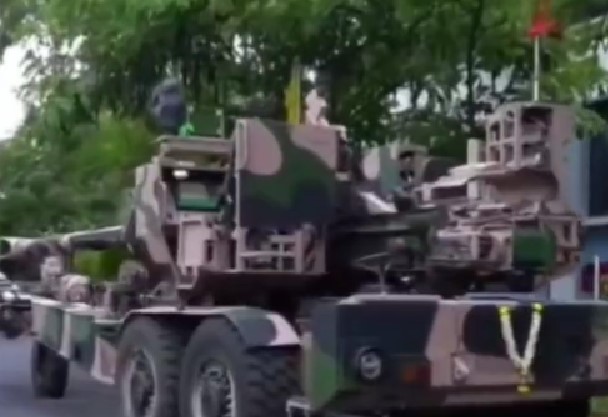
In a significant development, Bharat Forge’s Chairman and Managing Director, Baba Kalyani, confirmed the company’s successful delivery of six 155-millimeter Advanced Towed Artillery Gun System (ATAGS) artillery guns to Armenia last month.
This delivery aligns with a substantial order placed by Armenia for a total of 90 ATAGS units, valued at $155.5 million (approximately ?1,265 crore). The contract stipulates the phased shipment of an additional 84 ATAGS guns over the next three years, with Bharat Forge aiming to complete deliveries ahead of schedule.
Continue readingSOURCE: RAUNAK KUNDE / NEWS BEAT / IDRW.ORG
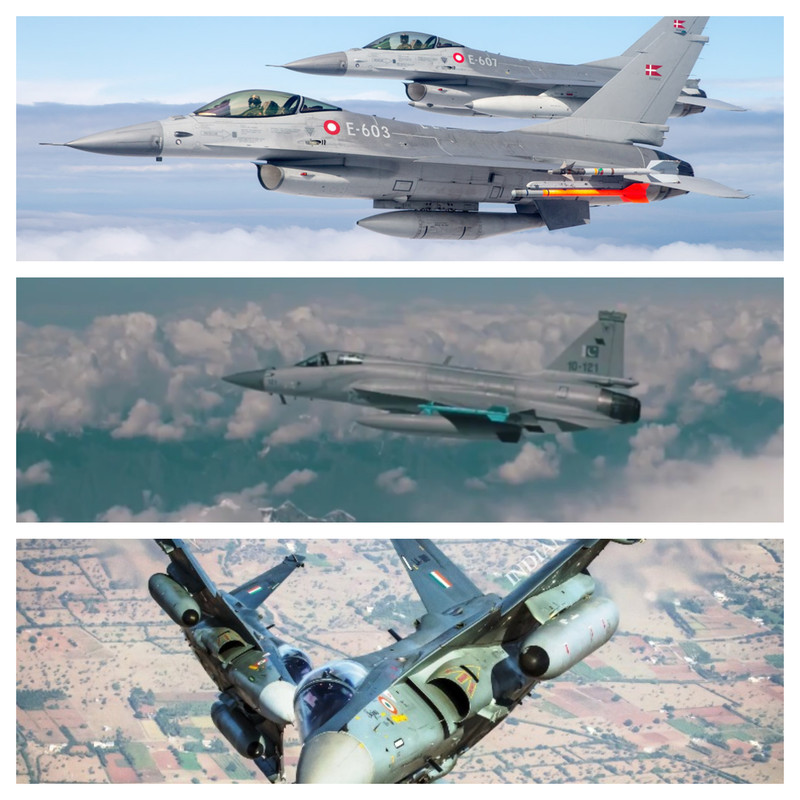
Argentina’s pursuit of enhancing its air combat capabilities with Ex-Danish F-16A/B fighter jets faces several challenges, particularly concerning the acquisition of advanced Beyond Visual Range Air-to-Air Missiles (BVRAAMs). While the U.S. Congress has approved the sale of these fighter aircraft to Argentina, it remains non-committal regarding the provision of the latest AMRAAM series of BVRAAMs. This reluctance is attributed to both the ageing nature of the F-16 platforms and potential objections from the United Kingdom.
The Ex-Danish F-16A/B fighter jets, specifically the Block 15/20 MLU variants, can be equipped with AIM-120C5 BVRAAMs, which offer a respectable interception range. However, the Argentine Air Force has expressed a preference for Israeli-developed Python-5 and Derby missiles to be integrated into these F-16s. This choice is influenced by concerns about potential restrictions on the sale of additional weapons at a later stage.
Continue readingSOURCE: RAUNAK KUNDE / NEWS BEAT / IDRW.ORG

The Indian Navy is making significant strides in modernizing its fleet of submarines by adopting advanced lithium-ion battery technology. The Naval Science and Technological Laboratory (NSTL) has taken the lead in developing lithium-ion batteries compatible with submarines, a major upgrade from the existing lead-acid batteries.
NSTL recently called for Expressions of Interest (EOI) from Indian battery manufacturers with the capability and willingness to absorb technology transfer and engage in the production, certification, and supply of Lithium-ion (Li-ion) battery systems based on High Power Lithium-ion Battery Technology (HPLBT). The goal is to manufacture, test, and evaluate 25 Ah Li-ion cells to ensure their safe operation in defence applications.
Continue readingSOURCE: IDRW.ORG TEAM
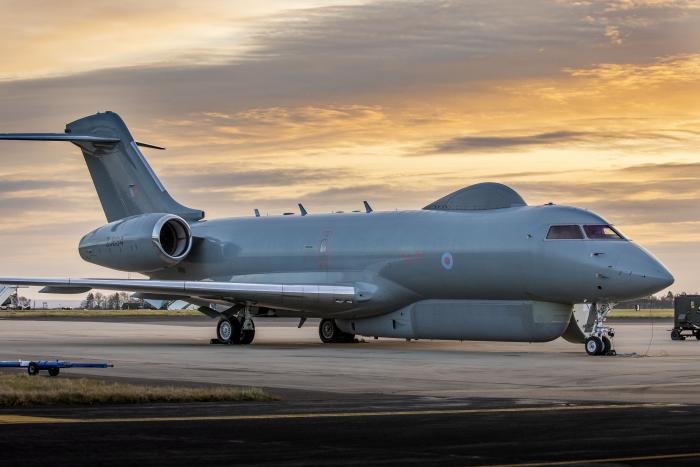
India is set to bolster its aerial surveillance capabilities by procuring three Bombardier Global 6000 private jets for conversion into advanced Intelligence, Surveillance, Targeting Acquisition, and Reconnaissance (ISTAR) platforms. These jets will be equipped with state-of-the-art sensor packages developed by India’s Defense Research and Development Organization (DRDO) to enhance the Indian Air Force’s (IAF) reconnaissance capabilities.
DRDO’s Center for Airborne Systems (CABS) laboratory will play a pivotal role in developing the sensors for these ISTAR platforms. The sensor package will include a Multispectral (EO-IR) Long-Range Oblique Photography (LOROP) sensor, a geo-spatial intelligence processing and exploitation suite, high data-rate line-of-sight (LOS) and Satcom data-links, an onboard mission communications suite, and artificial intelligence/machine learning (AI/ML) capabilities for image intelligence, automatic target recognition, change detection, and a Common Operational Picture (COP).
Continue readingSOURCE: IDRW.ORG TEAM
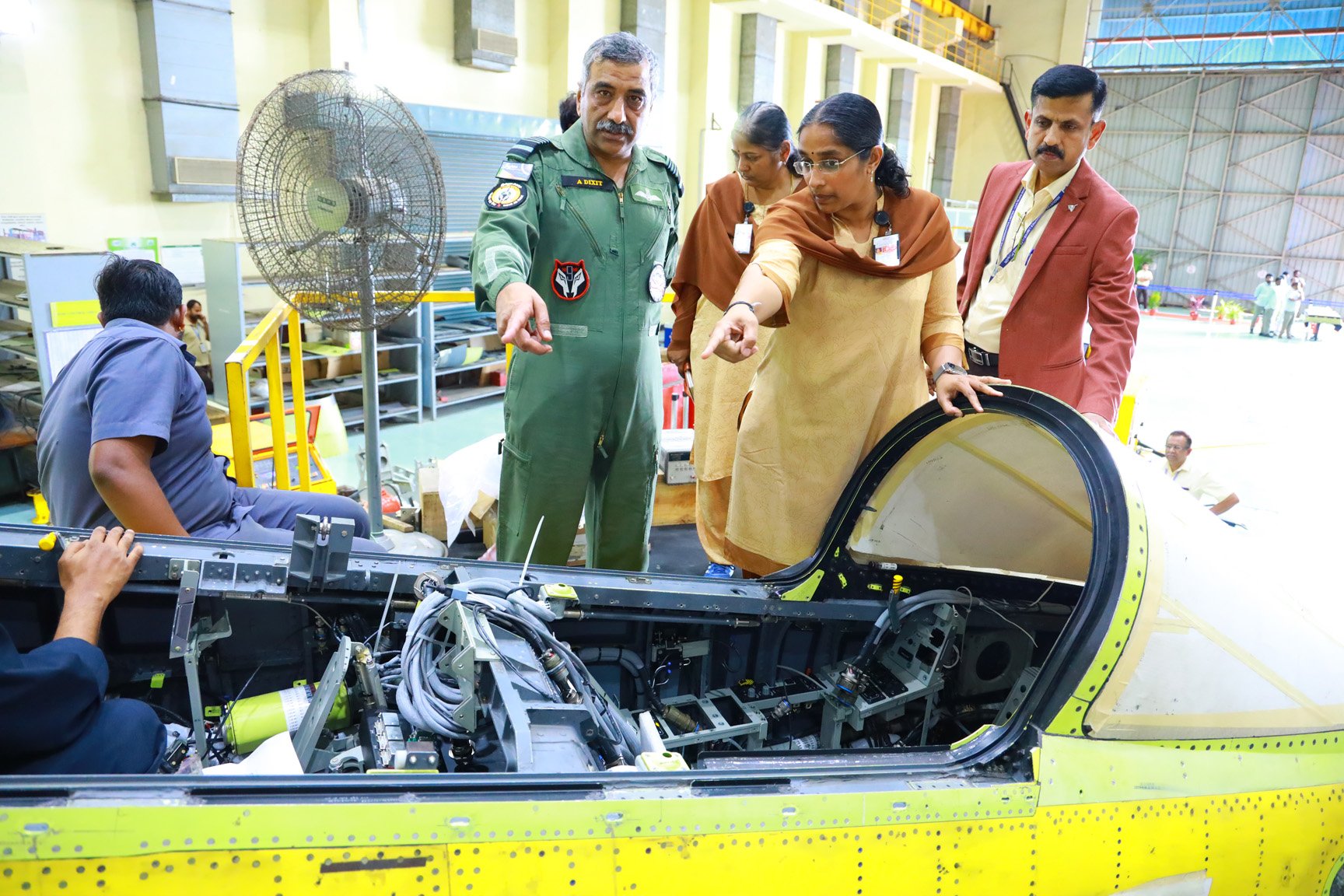
The Hindustan Aeronautics Limited (HAL) is making significant strides in the manufacturing of Light Combat Aircraft (LCA) Tejas trainer aircraft, These advanced trainer aircraft play a pivotal role in training the next generation of fighter pilots and enhancing the nation’s defense capabilities.
A significant milestone was achieved when LT 5201, the first-ever series production standard LCA Trainer, successfully completed its maiden flight on April 5th, 2023. HAL has completed the work on LT 5202, and a test flight is on the horizon.
Continue reading